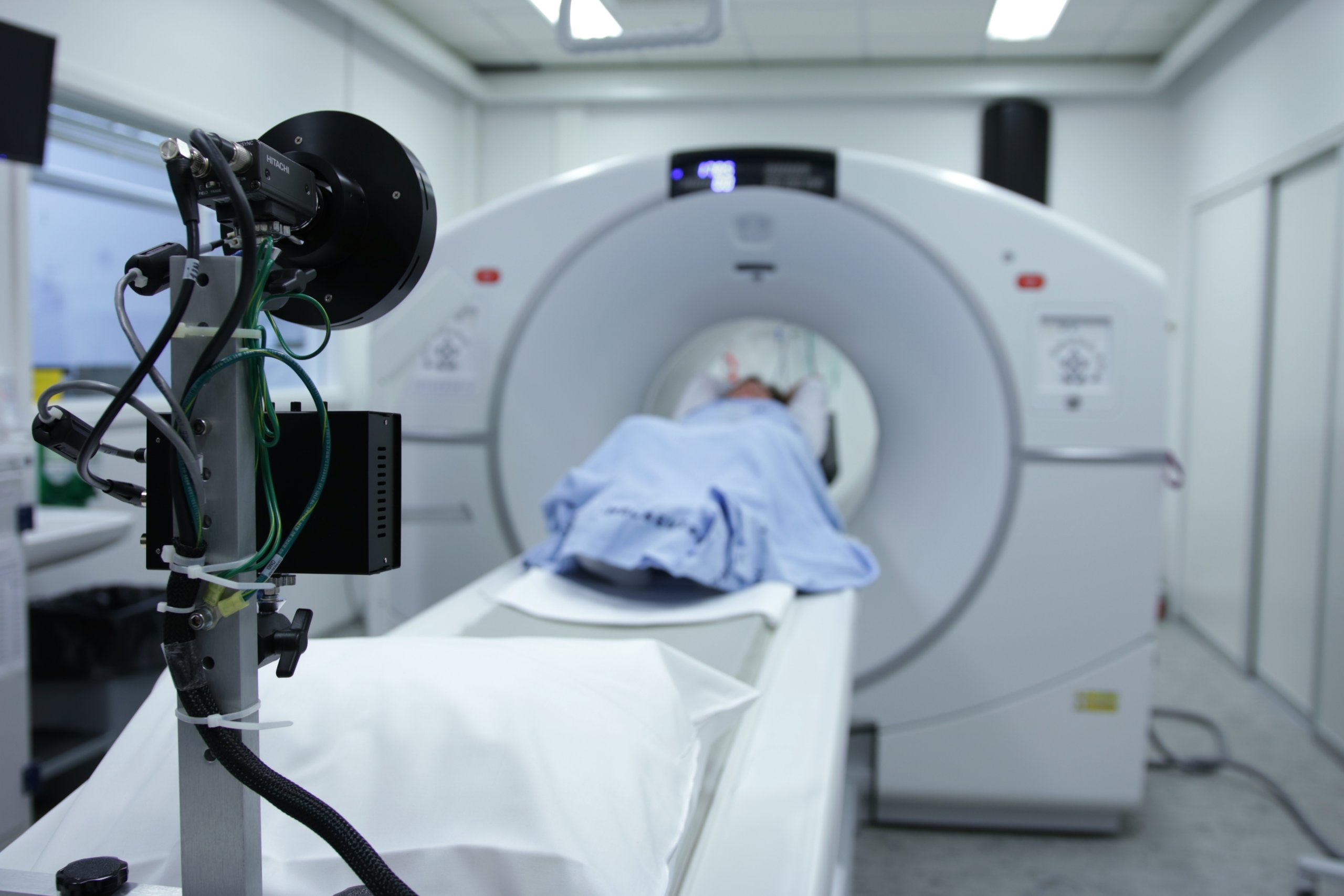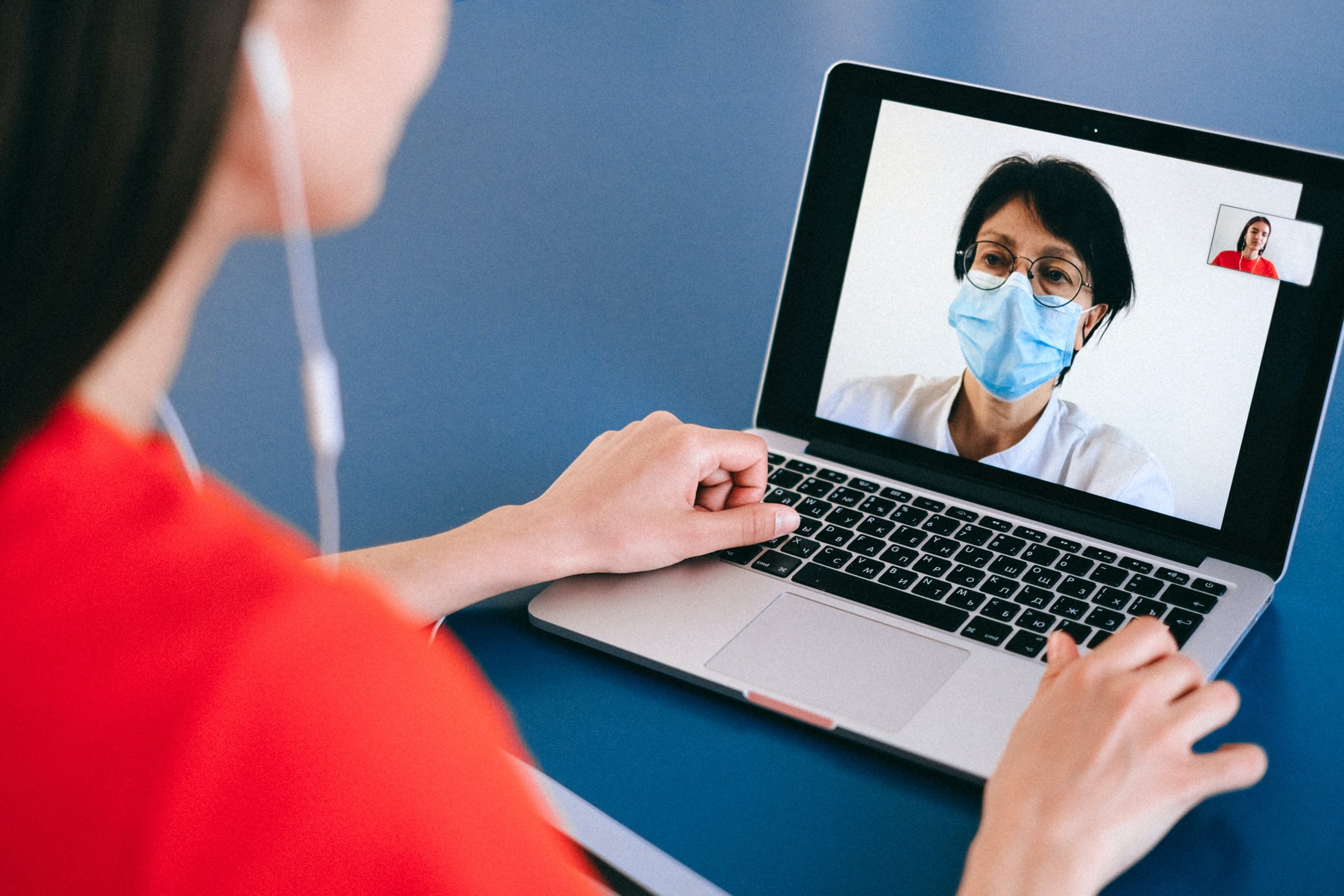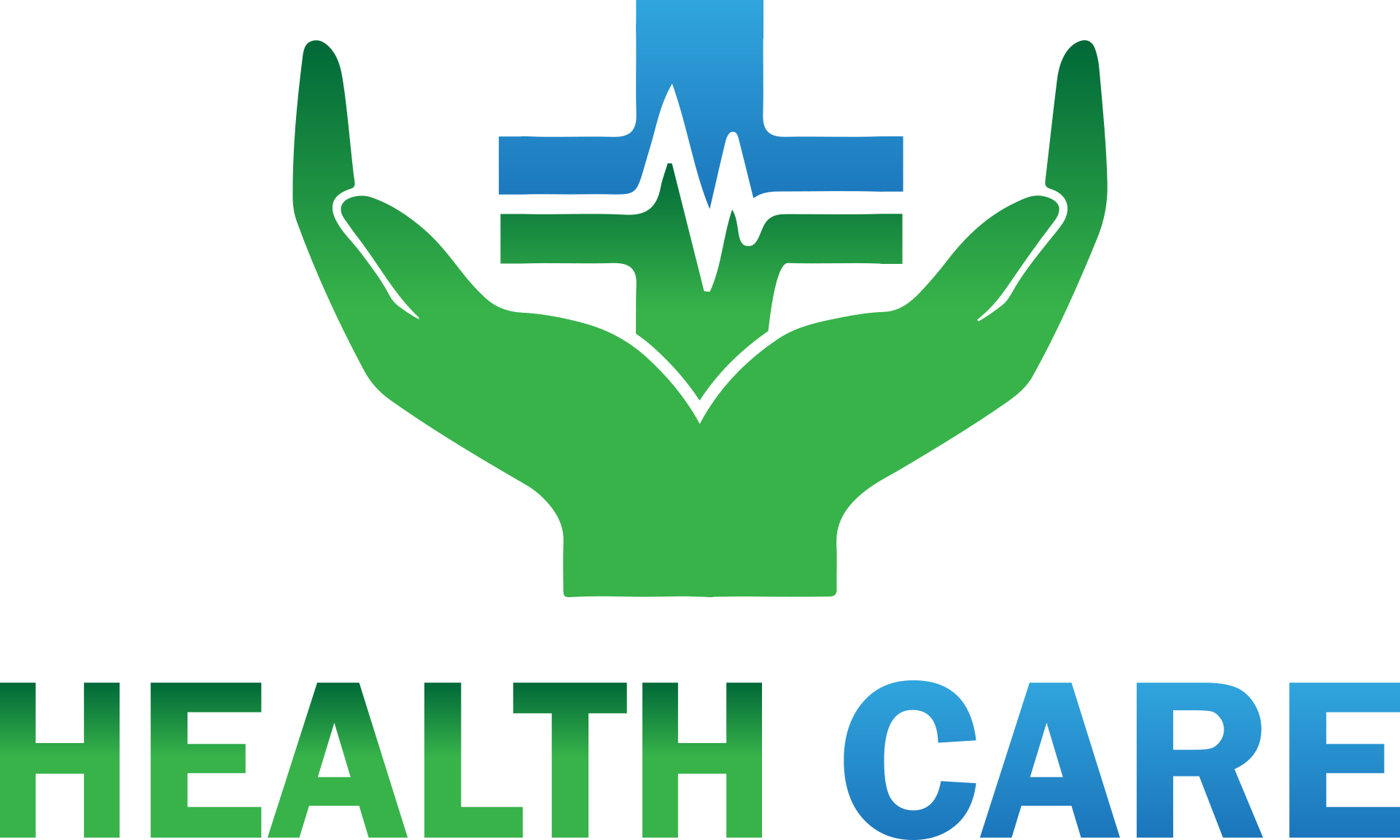
The healthcare industry is embracing emerging technologies at an unprecedented rate. Consequently, it’s an exciting time for medical app developers, investors, physicians, and patients. But which technologies should you keep a close eye on? Here are the advancements you can expect to see in the next few years.
1. Holistic Cloud Integration
The collection of digital data is obviously vital to the advancement of modern healthcare. But how you share this information is perhaps more important to the success of your endeavors.
More than 90% of medical institutions are hosting applications through the cloud. But this usage of the cloud is fragmented. Look around and you’ll find that health organizations are applying the cloud in data hosting, clinical apps, and backing up their systems. But keeping these discrete initiatives separate forms silos, which in turn limits the potential functionality of the data.
Cloud integration enables healthcare facilities to open up their silos and connect the dots in their data. Tom Lawry, Microsoft’s Director for AI in Health and Life Sciences, thinks this will eventually transform the medical field. “The transformation that’s brought about by the cloud and bringing that data together allows for all kinds of interesting things,” he says. “That to us is the number one transformational aspect going forward for the next few years.”
2. Better Infrastructure = Accessible Healthcare
COVID-19 has shined a light on how essential telehealth and remote patient monitoring are, especially for those with chronic health conditions. And for many people in the United States, these avenues of medicine are often the most convenient and practical to use.
“A majority of this country is still rural,” explains Rhonda Collins, the Chief Nursing Officer at Vocera. Collins is also the Founder of the American Nurse Project. “So, we need to rely on technology to fill gaps in human connections in healthcare-telehealth will be more important going forward, as infrastructure and technology continue to improve.”
Before telehealth came along, it could be difficult to find proper treatment for a malady if you weren’t living in a substantially populated area like New York City or Los Angeles. This conundrum becomes a much more grave matter when you consider that 50% of US counties contain people that have high chronic disease occurrences and a great need for better broadband connectivity. That’s equitable to over 36 million people.

Poor internet connectivity undoubtedly makes remote consultations with doctors extremely difficult. But Collins believes the situation is improving. Eventually, it will become readily apparent to all that telehealth technology will be an invaluable tool for those living in remote or rural regions. But there’s still some work to be done.
An August 2018 Healthline survey found that 46% of Medicare Advantage members were not sure if telehealth was a viable option for them. If that wasn’t troubling enough, 37% of the survey respondents believed it wasn’t available for them, even though it was.
To make this issue worse, numerous hospitals are still contending with inconsistent Wi-Fi and cellular service. In turn, this impedes telehealth services. “These basic issues make it very difficult to bring technology in to provide extraordinary care and connectivity to all patients everywhere,” says Collins. “Infrastructure upgrades are a must, and that should be the focus of many hospitals, so they can leverage great technologies that improve the lives of patients and clinicians alike.”
We have no doubt that these infrastructure upgrades will arrive with time. As noted before, COVID-19 has accelerated our usage of telehealth offerings. Let’s hope that these services become even more ubiquitous in the near future.
3. Accelerated AI Adoption
The development of artificial intelligence (AI) has been a game-changer for several industries, and healthcare is no exception. But all of the use cases we’ve seen so far for this field will pale in comparison to what’s to come.
A July 2018 survey of 200 medical professionals by Intel found 37% of participants to be applying AI in limited ways. 54% of them believed that AI will see widespread adoption by 2023. For John Doyle, the Director of Global Business Strategy for Microsoft Healthcare, this adoption translates to AI affecting all aspects of a medical institution’s workflow.

Doyle believes that medical image analysis, dataset interpretation, clinical workflows, and real-time insights from medical sensor data name just a few factors that will be impacted by AI. As a result, it’s safe to assume that AI will disrupt how healthcare providers engage with patients and streamline various complicated processes.
4. Consumer-Centric Workflows
Over the next decade, Collins hopes that healthcare will adopt more technologies that the average consumer is accustomed to.
Today, a hospital employee can make dinner reservations, converse with friends, and purchase event tickets from their phones, all in just 15 minutes before their shift. But the technology landscape of their workplace is a stark contrast. Collins fears that this difference could deter younger generations from working in the field.
“When millennials go to work at a hospital, we are asking doctors, nurses and care teams to step back 20 years and use landline phones, fax machines, pagers, and overhead calls — all of which downgrade and add complexity to our millennial workforce,” Collins explains. “… As younger people continue to enter the workforce, many hospitals will be forced to modernize.”
We don’t know about you, but the thought of relying on fax machines for medical work today frightens us! Here’s hoping that Collins’ predictions come true sooner rather than later.
5. More Personalized Medical Care
Emerging technologies like machine learning, AI, and blockchain are destined to augment the abilities of clinicians in the next 10 years. According to Dr. Anil Jain, the VP and Chief Health Information Officer of IBM Watson Health, this will lead to more personalized specialized care for patients.
Jain says, “The biggest thing is going to be our ability to use these advanced technology enablers to get much better at doing personalized medicine and personalized healthcare with our patients.” Leveraging these technological capabilities on the back-end will enable providers to seamlessly and swiftly account for crucial data such as genomic profiles and social determinants of health.
According to Jain, more personalized treatment options will likely increase care plan adherence, especially for those suffering from chronic conditions. It will also cut out the back-and-forth usually involved in evidence-based approaches; physicians will likely see higher success rates in the first set of treatments offered.
What Medical Tech Excites You?
We hope you’ve enjoyed this brief glimpse into the future of healthcare technology! In truth, this list only scratches the surface of the myriad changes that technology will bring to the field of medicine.
What technological advancements are you excited to see in healthcare? Which developments should be covered in a future article of ours? As always, let us know your thoughts in the comments below!





